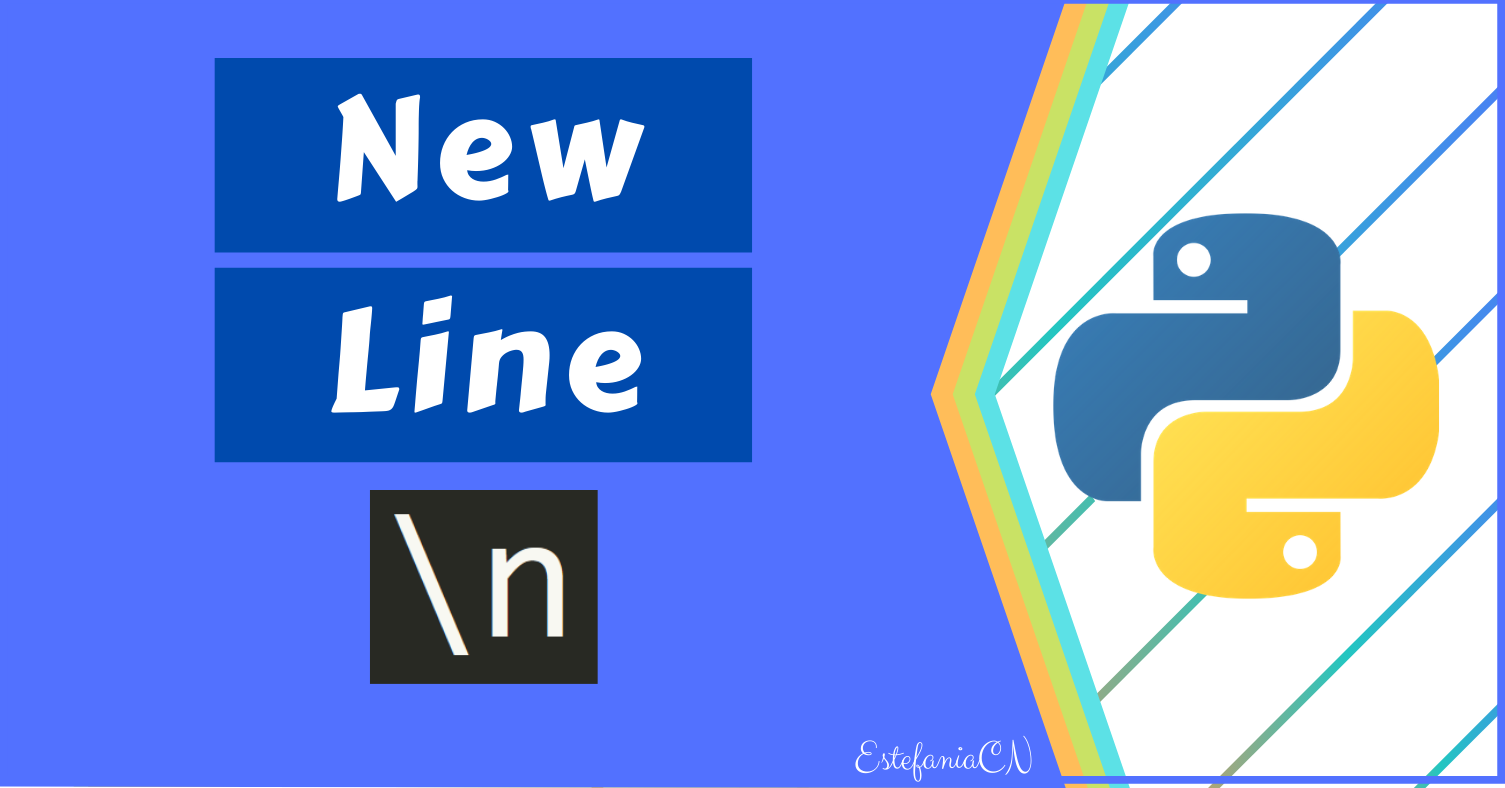Read Last Line of Terminal in Python

Welcome! The new line graphic symbol in Python is used to mark the end of a line and the beginning of a new line. Knowing how to use information technology is essential if you want to print output to the console and work with files.
In this article, you will learn:
- How to identify the new line character in Python.
- How the new line character can exist used in strings and impress statements.
- How you can write impress statements that don't add a new line character to the end of the string.
Let's brainstorm! ✨
🔹 The New Line Character
The new line grapheme in Python is:

It is fabricated of two characters:
- A backslash.
- The letter of the alphabet
n.
If y'all come across this grapheme in a string, that ways that the current line ends at that signal and a new line starts correct subsequently it:

Yous can likewise apply this character in f-strings:
>>> print(f"Hello\nWorld!") 🔸 The New Line Grapheme in Print Statements
By default, print statements add a new line character "behind the scenes" at the terminate of the string.
Like this:

This occurs because, co-ordinate to the Python Documentation:
The default value of the end parameter of the built-in print function is \n, then a new line grapheme is appended to the string.
💡 Tip: Append ways "add together to the stop".
This is the function definition:

Notice that the value of terminate is \n, then this will be added to the end of the cord.
If yous only use one print statement, y'all won't notice this because only ane line will be printed:

But if y'all use several print statements one after the other in a Python script:

The output will be printed in separate lines because \n has been added "behind the scenes" to the end of each line:

🔹 How to Impress Without a New Line
We can alter this default behavior by customizing the value of the finish parameter of the impress function.
If we utilize the default value in this example:

Nosotros see the output printed in two lines:

Simply if we customize the value of end and set it to " "

A infinite will be added to the finish of the string instead of the new line character \north, then the output of the ii impress statements will be displayed in the same line:

You can utilize this to print a sequence of values in one line, like in this example:

The output is:

💡 Tip: We add a provisional statement to brand sure that the comma will not be added to the concluding number of the sequence.
Similarly, we can use this to print the values of an iterable in the same line:

The output is:

🔸 The New Line Character in Files
The new line character \n is also constitute in files, but it is "hidden". When you see a new line in a text file, a new line character \n has been inserted.

Yous can bank check this by reading the file with <file>.readlines(), like this:
with open("names.txt", "r") every bit f: print(f.readlines()) The output is:

As you lot can see, the first iii lines of the text file end with a new line \n character that works "behind the scenes."
💡 Tip: Discover that only the last line of the file doesn't stop with a new line grapheme.
🔹 In Summary
- The new line grapheme in Python is
\n. Information technology is used to indicate the stop of a line of text. - You tin can print strings without adding a new line with
terminate = <character>, which<character>is the character that will be used to split the lines.
I really hope that you liked my article and found it helpful. Now you can piece of work with the new line character in Python.
Cheque out my online courses. Follow me on Twitter. ⭐️
Learn to lawmaking for free. freeCodeCamp's open source curriculum has helped more than than 40,000 people go jobs every bit developers. Get started
Source: https://www.freecodecamp.org/news/python-new-line-and-how-to-python-print-without-a-newline/
0 Response to "Read Last Line of Terminal in Python"
Publicar un comentario